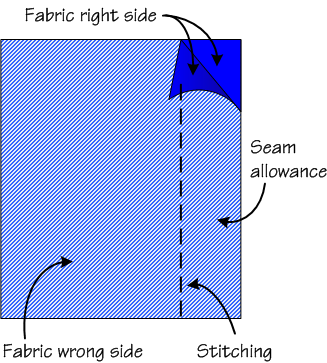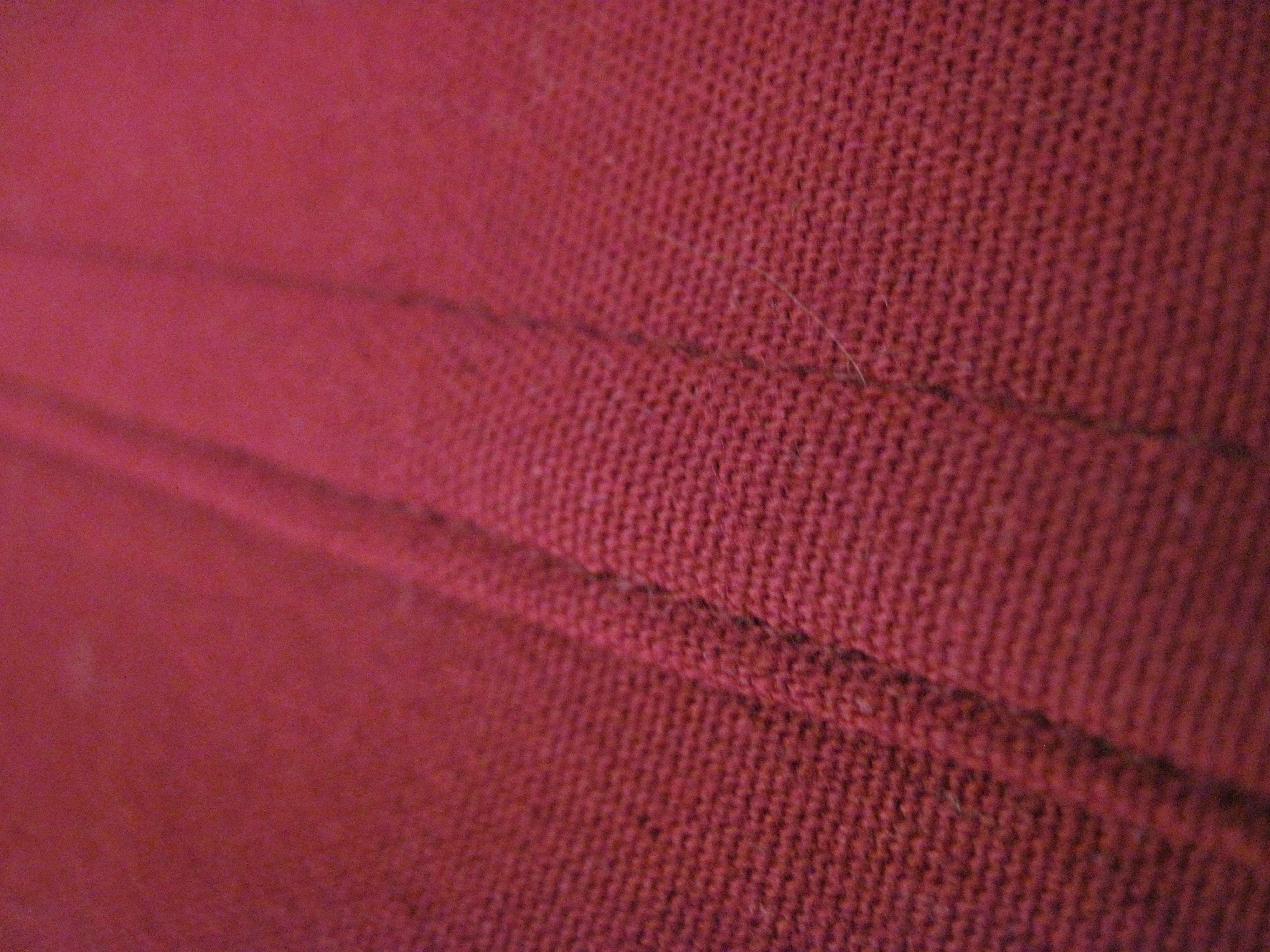Before you begin the seam, check the pattern you're using. The standard pattern you buy at most stores will have a ⅝" seam allowance, though the clothing you buy off the rack will usually have a ½" seam allowance. A proper seam allowance is essential to ensuring the garment fits as intended, so make sure you know your measurement and that you've set your machine accordingly. See your manual for directions on doing this.
Pin your fabric pieces with right sides together. Make sure the fabric is lined up and that nothing is backwards (picking out a seam is a pain). Place your fabric in the sewing machine and stitch a straight line at an equal distance from the fabric's raw edge. Do this for the entire length of the seam. Backstitch ¼" at the beginning and end of the seam to keep the seam from unravelling. Once you've done this, press the seam open so it lies flat inside the garment.
Once you've mastered this seam, you can start finishing your seams using any number of finishes, including hand overcast, zigzag, or pinking.


